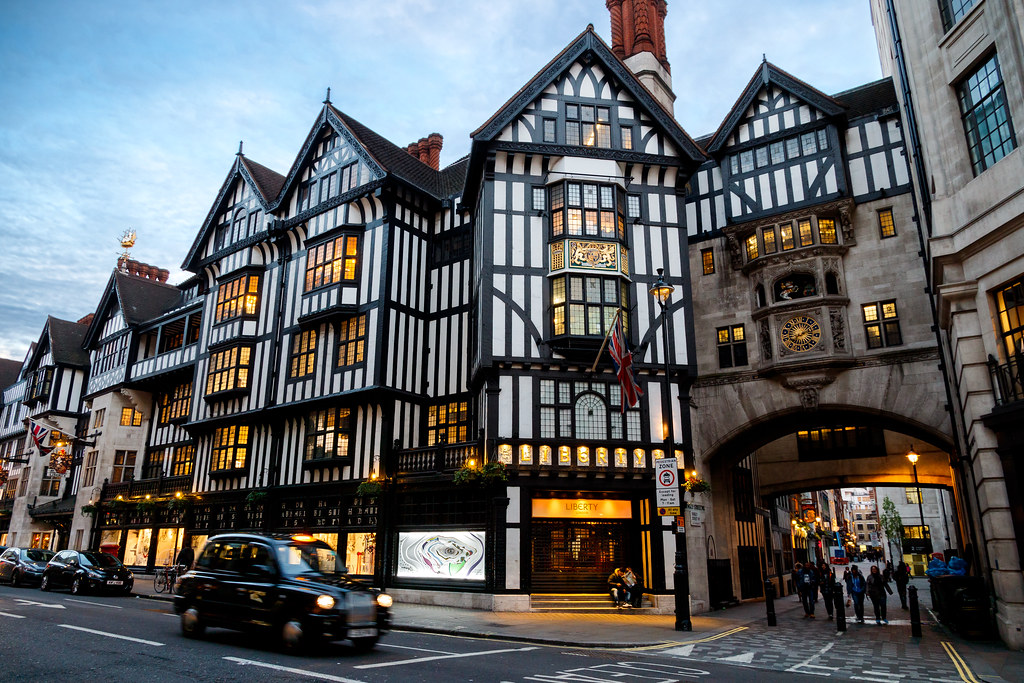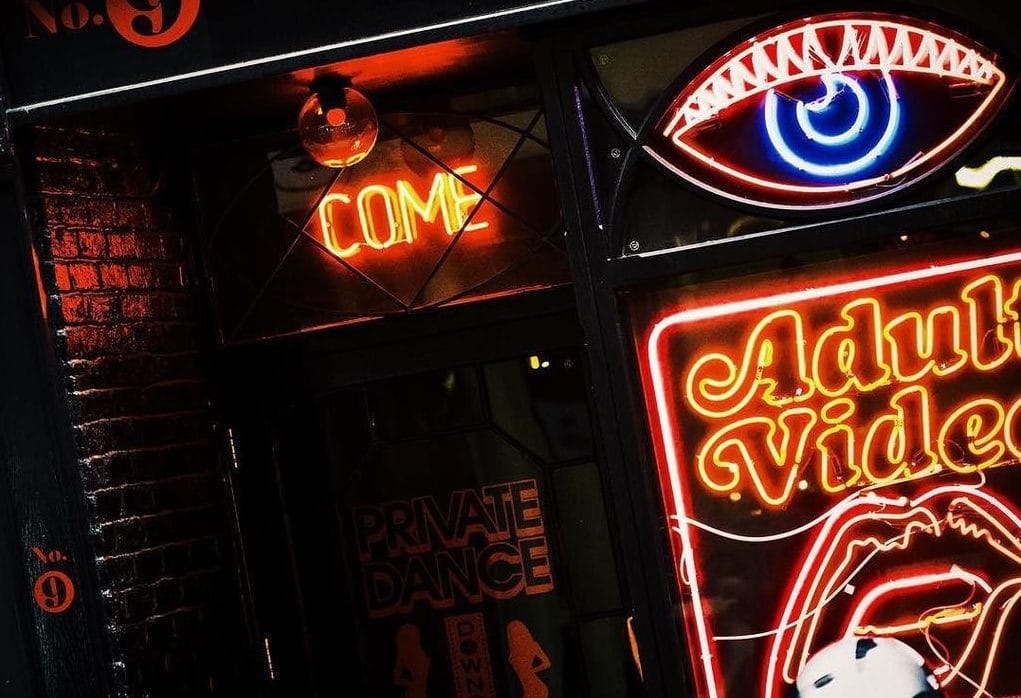It shares the same name as the trendy New York area (except for a little grammatical difference) but the similarities between Soho and SoHo end here. London’s Soho has a colourful history and continues to keep people talking; from its sex shops, down to it’s geographical location (technically it’s the West End electoral ward though its consistently debated by London/geography enthusiasts).
Before its conception, Soho was far from the hustle and bustle it is today. It was originally farmland and its surrounding areas were popular with the rich for its hunting grounds – this makes complete sense considering ‘Soho’ derives from a hunting cry, ‘Soohoo’.
Leicester Square became a sought-after postcode when the Earl of Leicester built his mansion in 1666 after the Great Fire of London. It quickly became the hub for all things fashionable with luminaries, musicians, playwrights, royals and other very important people partying up a storm. The development of Soho began around this time as the city tried to house its many fans. While neighbouring Mayfair attracted London’s richest, Soho found itself home to creatives, bohemians and immigrants. The emergence of pubs, music venues, tailoring and theatre is thanks to the Huguenot society who moved from France. As a result, Soho became the creative and entertainment hotspot. Music also thrived, particularly in the 30s when venues like the Café de Paris and Hippodrome regularly welcomed American jazz artists.

Alongside the entertainment, another type of entertainment emerged and found its longstanding home. This is perhaps what Soho’s history is most associated with; the sex trade. Sex cinemas, strip clubs, massage parlours and sex shops were spreading around Soho to coincide the legalisation of prostitution in 1959 (and the invention of VHS, which all kept the sex trade in full bloom). It was by far, the most liberally welcoming place in London. But by the mid-1980s Soho would start facing pressures. Westminster council was coming under fire from the areas most lucrative residents to impose stricter rules and to make it more difficult for the sex trade to continue. Today little evidence remains of this golden age, but they can be found if you look close enough.
In the midst of this, we can’t forget the extraordinary legacies of places like Gerry’s, Colony Room and the Coach and Horses. Pubs, clubs and everything in-between sprung up to accommodate for musicians and executives who needed a break between recording sessions and a safe place to sign deals. We now have similar places conveniently placed near all the theatres, which draw in pretty much all the actors working around Soho (J Sheekey is our fave).
Today, Soho proudly maintains its diversity. Rounding one corner means passing the Twentieth Century-Fox headquarters facing the open space of Soho Square, and turning right into a much narrower and quieter street brimming with independent music and fashion shops, the odd Nandos and quintessential red telephone box. Sex shops are hidden in basements of bookshops (though helpfully signposted in bright neon lights) while on the next street down, you’ll be likely to see big screen and stage names entering and exiting theatres for their rehearsals. A walk after hours in Soho will have you encountering all walks of life, and most definitely making a few stories along the way.
Luckily, Soho has managed to fend off tall city-type buildings and ginormous shopping centres, though it is not without constant threat from the council and developers. This June, the fate of Soho and its involvement in the CrossRail 2 Scheme will be revealed. The scheme will see a new train station built in the area to help move the ever-increasing footfall from Kings Cross Underground station, to Soho. This means the demolition of buildings, including the much-loved Curzon Soho, to make way for the extra space needed to accommodate the plans.

It’s a serious cause for concern for those who do not wish for Soho to be a part of the scheme. Stephen Fry is chairman and cofounder of Save Soho, which was created in response to the closure of the world famous club Madame Jojo’s. Protecting Soho and its creative hub is the priority concern for their members, who include Gemma Arterton, Idris Elba and David Morrissey. If you wish to support them, you can sign their petition to save the wonderful Curzon cinema here and sign up to Save Soho here.
Written by Nikki
